A stiff hydrogel could end the need for vaccines and gene therapies to be refrigerated, potentially revolutionising the storage and transportation of vital, life-saving medicines.
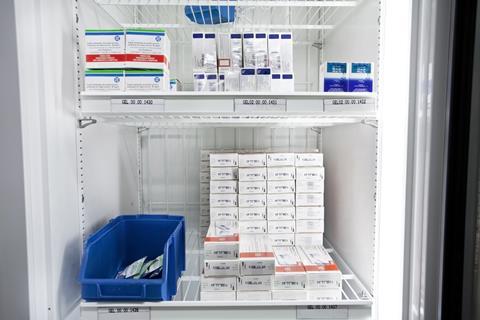
Cold supply chain management is currently the best solution suppliers have for keeping active biological molecules, like mRNA, proteins and viruses, stable during distribution. However, it requires specialised handling and infrastructure, and incurs significant energy costs, limiting distribution.
‘A single ultralow temperature freezer can use as much electricity per day as a small household,’ says study author Matthew Gibson at the University of Manchester. ‘Addressing this may help with sustainability but crucially [would] allow advanced therapies to be shared more widely … to locations with less developed energy infrastructure.’
‘My team has been looking at cryopreservation for over a decade,’ he adds. ‘We have looked in the past at freezing proteins and had noticed that if we stopped the proteins aggregating, they survived the freezing quite well.’
This line of thinking led Gibson and his team to collaborate with Dave Adams at the University of Glasgow, whose group specialises in low molecular weight gelators – molecules that self-assemble into fibrous 3D networks, trapping large volumes of liquids in the process.
Gibson points out that proteins don’t just fall apart or unfold at room temperature. The issue is that they clump together and stop functioning. But to aggregate, proteins need to find and interact with one another – something easily done in a room temperature solution where they are free to move. ‘The network stops the proteins being able to move so freely and so [they can’t] aggregate,’ Adams explains.
Hydrogels have been used before in an effort to solve this problem. But where previous iterations have used chemical bonds to ‘tie’ proteins to the hydrogel’s polymers, the current approach yields stiff hydrogels that ‘freeze’ the proteins in place without the need to alter them.
‘Where you attach the polymer can change the structure and function of the biologic greatly,’ says Lydia Kisley of Case Western Reserve University, US, who was not involved in the study.
The gel’s rigidity, while great for stabilising biologics, also makes the hydrogel susceptible to breaking. However, the team do not see this as a weakness. ‘Many people try to get over this in various ways but we saw this as an advantage – if they break easily when you put strain on them, we reasoned it would be possible to use this to get the proteins back again without the need for any fancy chemistry,’ Adams says. ‘This gives us a cheap way of trapping the proteins, stopping the aggregation and getting the protein back.’
After some initial tests, the team settled on a gel that forms in the presence of a conventional buffer and its mechanical properties can be tuned by simply adding a calcium salt. The stiff hydrogel was found to stabilise proteins against thermal denaturation even at 50°C and, unlike other similar technologies, it delivers pure protein from a syringe.

‘This is an interesting combination of materials science with biopharmaceuticals to overcome the tedious storage conditions for biologics,’ comments Kisley. ‘[They] take advantage of what many would consider a problem – the breakage of the gel under strain – as instead a positive to release the protein as it is pushed through a filtered syringe. This is a simple, yet overlooked, idea.’
However, these stiff hydrogels are not ready to begin dismantling drugs’ cold chains yet. ‘The model tests were limited to two relatively small proteins [but] many biologic therapies are large, antibody-based treatments,’ says Kisley. ‘Would the gelator still be able to self assemble and form the entangled network to trap large biologics? I wonder if the gelator would be able to maintain its properties with large molecules present.’
‘Any new technology has limitations,’ Gibson responds, ‘and we are exploring the range of proteins we can stabilise. Our discovery has an opportunity to be a platform technology but is adaptable to different use cases depending on the stressors involved.’
References
S Bianco et al, Nature, 2024, 631, 544 (DOI: 10.1038/s41586-024-07580-0)


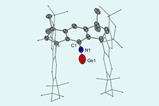




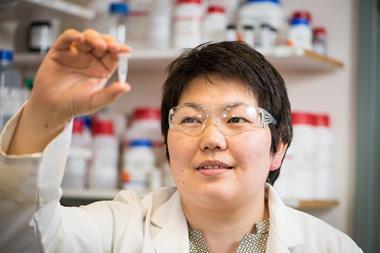
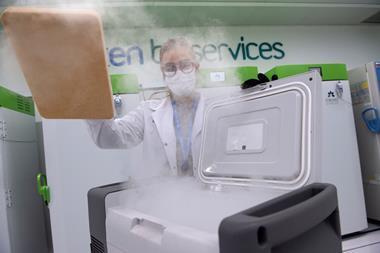
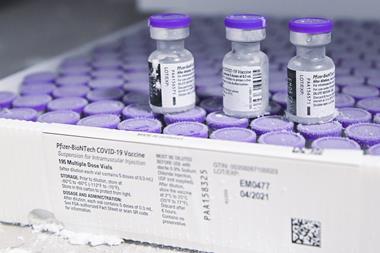
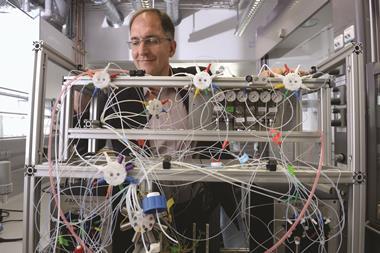






No comments yet